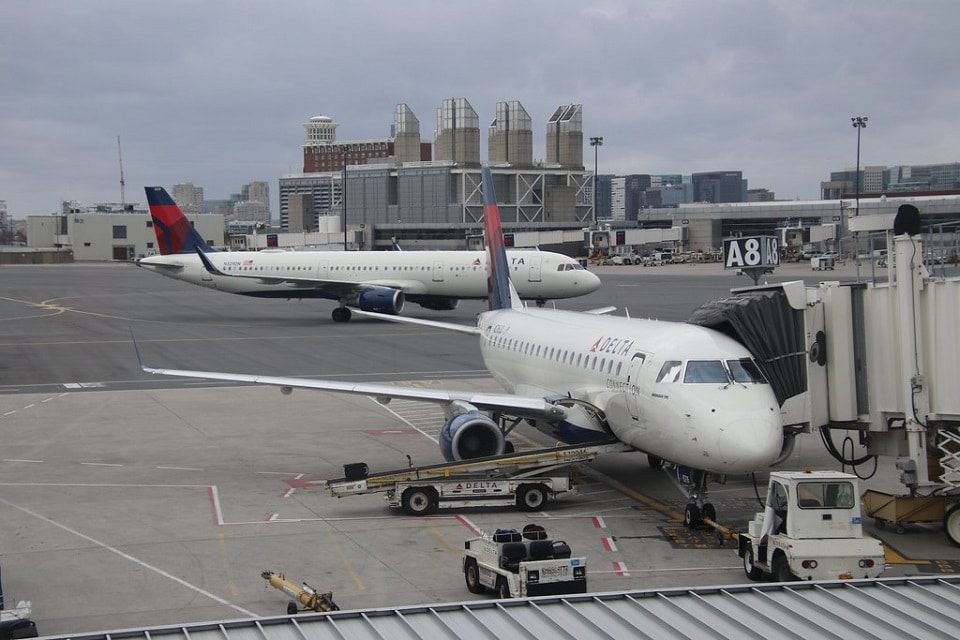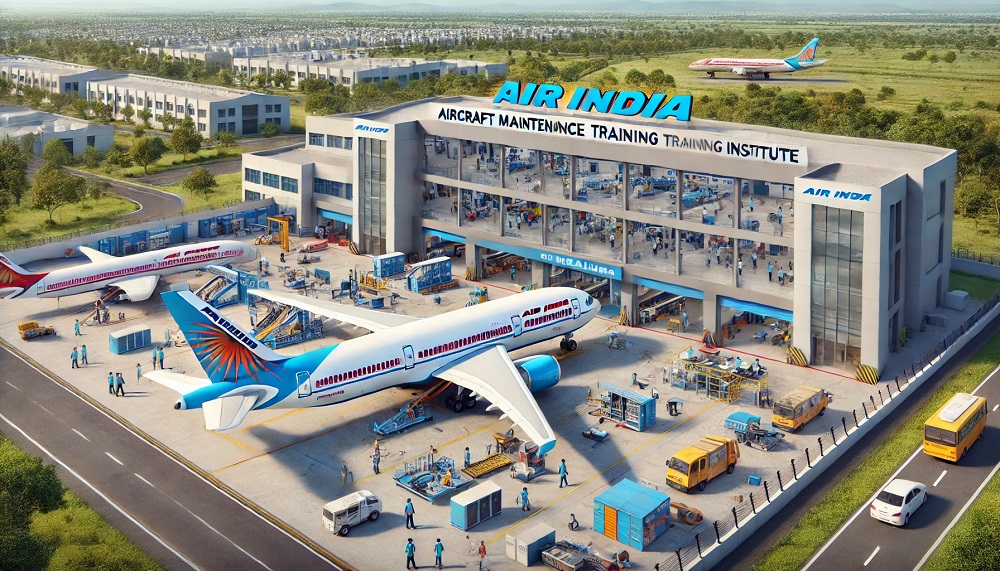Airlines
FAA grants $121 million to US airports to prevent close calls

In order to lower the possibility of runway incursions, the Federal Aviation Administration has given airports all around the country grants totaling more than $121 million. In addition to installing new lighting systems and enhancing airfield flexibility, projects will redirect any complex taxiways.
Qantas Launches $10M Regional Grants Program – Applications Open(Opens in a new browser tab)
New projects announced today:
- Boston Logan International:$44.9 million will be spent on rehabilitating Taxiways T, N, and M to ensure safe airfield operations and 10,083 feet of the existing Runway 15R/33L to maintain the structural integrity of the pavement and to reduce foreign object debris. This will simplify the layout of the airfield by removing portions of Taxiways Q and F, which were identified in the airport’s runway incursion mitigation plan.
- Ted Stevens Anchorage International Airport: $39.8 million will simplify the layout of the airfield by removing a portion of Taxiway Z for geometric improvements, install a new Taxiway E lighting system to improve safety of airfield operations in low visibility conditions, extend Taxiway Z by 400 feet to meet airport operational needs, widen Taxiway Z and E to accommodate a change in the critical design of aircraft using the airport, and extend Taxiway R to do the same.
- Ronald Reagan Washington National Airport: In order to alleviate traffic delays, $5 million will be used to start building new connector taxiways to Runways 1/19 and 15/33, as well as reconfiguring Taxiways J, K, L, N, N1, S, and Hold Bays 15 and 19, in accordance with Federal Aviation Administration design standards.
FAA Awards Nearly $1 Billion To 99 Airports(Opens in a new browser tab)
- Willow Run Airport, Detroit, Michigan: $12.8 million to construct a 6,720 foot parallel Taxiway A to eliminate the need for aircraft to back-taxi on the runway.
- Eugene F. Kranz Toledo Express Airport, Ohio:For a cost of $4.6 million, Taxiway B11 will be moved 450 feet east from its present airfield location to comply with FAA design requirements, and the airport’s erosion control system for 16,450 square feet of the taxiway safety area will be improved to prevent ponding on the airfield surfaces.
- Richmond International Airport, Virginia:To meet Federal Aviation Administration design requirements, Taxiway E will be relocated from its existing airport location to the north for a cost of $5,6 million.
- Jackson Hole Airport, Wyoming: Construction of a 1,500-feet Taxiway, which will eliminate the requirement for aircraft to back-taxi on the runway, and the rehabilitation of a 2,400-feet portion of the current Taxiway will cost $2.6 million. a pavement that keeps its structural integrity while reducing foreign object debris.
- Naples International Airport, Florida: With the help of $3.5 million, Taxiway A will be rearranged at the point where it intersects Taxiway B to enhance the non-standard pavement geometry. Taxiway A3 will also be moved, and 3,000 feet of the current service road will be rebuilt to provide for the secure movement of vehicles and ground service equipment.
In March, the FAA held a Safety Summit to address recent incidents. The summit brought together leaders from across the aviation sector, including airlines, flight and ground crews, and air traffic control, to find potential causes and needed actions to uphold safety.
The funding announced today comes from several sources, including the FAA’s Airport Improvement Program and the Bipartisan Infrastructure Law.

Airlines
Air India to Launch aircraft maintenance training institute in Bengaluru

Air India, one of India’s leading global airlines, is set to establish a Basic Maintenance Training Organization (BMTO) in Bengaluru.
This institute will offer a comprehensive Aircraft Maintenance Engineering (AME) program certified by the Directorate General of Civil Aviation (DGCA). The program will follow an integrated 2+2 year structure, combining classroom learning with practical, hands-on training.
This initiative is part of Air India’s broader goal of creating a robust aviation ecosystem in India. With plans to expand its fleet and strengthen its operations, the airline aims to build a skilled workforce of maintenance engineers, making the organization self-reliant while supporting its ambitious transformation journey.
This country tops visa rejections in the popular Schengen countries
To bring this vision to life, air india has partnered with Bengaluru Airport City Limited (BACL), a subsidiary of Bangalore International Airport Limited (BIAL). Together, they will develop a state-of-the-art facility spanning 86,000 square feet at Bengaluru Airport City.
This purpose-built campus will feature modern classrooms, well-equipped laboratories, and qualified trainers to deliver world-class education and training. The institute is expected to become operational by mid-2026.
The BMTO will be located close to Air India’s new 12-bay Maintenance, Repair, and Overhaul (MRO) facility, also set to open in Bengaluru by early 2026. The AME program will begin with two years of academic coursework, followed by two years of practical training at the MRO, ensuring students receive hands-on experience adhering to industry standards.
Sanctions & Engine Issues Ground Half of Russia’s A320neo fleet
In the meantime, Air India has introduced a Cadet AME program in collaboration with reputable institutions in Bengaluru and Hyderabad.
This ensures continuity in its commitment to developing skilled aircraft maintenance engineers while the BMTO facility is under construction. The program also allows students to pursue a bachelor’s degree through university partnerships, enhancing their career and academic opportunities.
With this initiative, air india plane aims to address the growing demand for skilled professionals in aircraft maintenance and engineering, air india new planes contributing to the development of India’s aviation sector and creating specialized career paths for aspiring engineers.
-

 Aviation2 months ago
Aviation2 months agoMicrosoft Flight Simulator Raises $3 Million to Bring Back the An-225 Mriya
-

 Airlines2 months ago
Airlines2 months agoQatar Citizens Can Travel to the United States Without a Visa
-

 Aviation2 months ago
Aviation2 months agoQatar Airways bans these new Electronic Devices on plane
-

 Airlines2 months ago
Airlines2 months agoJapan Airlines Rolls Out Free Domestic Flights to International Passengers
-

 Defence2 months ago
Defence2 months agoWhich Country Has the Largest Fleet of Fighter Aircraft?
-

 Airport2 months ago
Airport2 months agoWestern Sydney Airport Welcomes Its First Plane After 6 Years of construction
-

 Travel2 months ago
Travel2 months agoQatar Airways Launches Four Additional Flights from Amsterdam
-

 Aviation2 months ago
Aviation2 months agoDid you know ? Once Boeing 747 carried 1088 passenger in 1991








